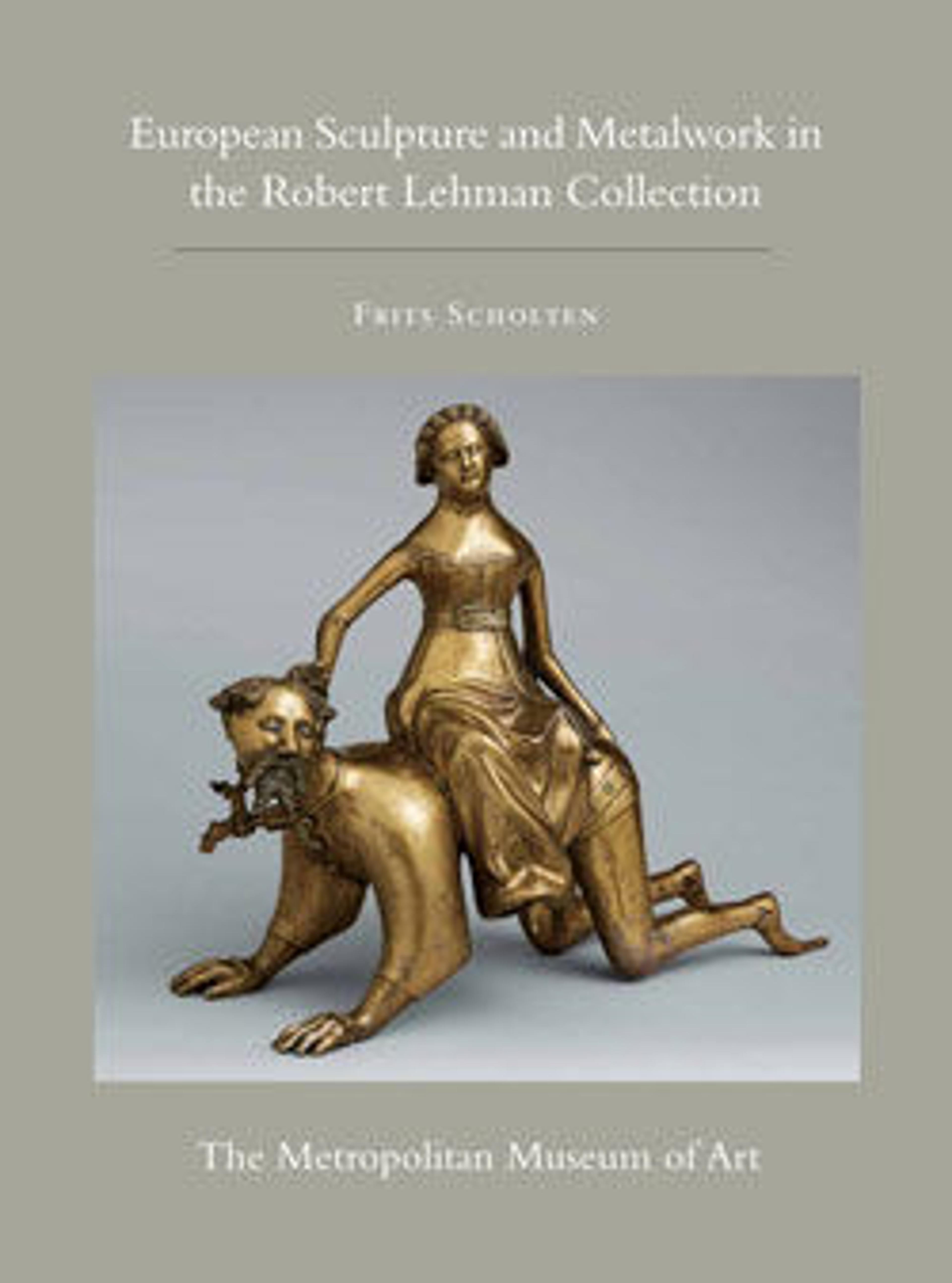Medal: Isotta Degli Atti
An Italian medallist, architect, painter, and illuminator, Matteo de Pasti resided at the court of Rimini by 1449, where he worked on the construction and decoration of two large funerary chapels (1447–c. 1452) for Sigismondo Pandolfo Malatesta, Lord of Rimini, and Isotta degli Atti (his mistress and then third wife) in S Francesco (known as the Tempio Malatestiano). Like Pisanello, who had produced medals for the Malatesta, Matteo was also active as a medallist at the Rimini court. The obverse of this medal presents a portrait of Isotta, while on the reverse is a representation of an elephant, which is associated with magnanimity and fame, as well as piety and chastity. It also refers to the motto of the Malatesta family: Elephas indus culices non timet (the Indian elephant is not afraid of insects). This medal is derived from Matteo’s original model, but lacks the artist’s signature on the reverse. It was produced by an unknown Riminese workshop, possibly for use as foundation deposit; this work is a coarse and late aftercast, possibly from the nineteenth century.
Artwork Details
- Title:Medal: Isotta Degli Atti
- Artist:Matteo de' Pasti (Italian, Verona ca. 1420–after 1467 Rimini)
- Date:model, ca. 1453–55 (possibly cast 19th century)
- Medium:Copper alloy with olive green patina.
- Dimensions:Diam. 8.4 cm, wt. 226.8 g.
- Classification:Medals
- Credit Line:Robert Lehman Collection, 1975
- Object Number:1975.1.1285
- Curatorial Department: The Robert Lehman Collection
More Artwork
Research Resources
The Met provides unparalleled resources for research and welcomes an international community of students and scholars. The Met's Open Access API is where creators and researchers can connect to the The Met collection. Open Access data and public domain images are available for unrestricted commercial and noncommercial use without permission or fee.
To request images under copyright and other restrictions, please use this Image Request form.
Feedback
We continue to research and examine historical and cultural context for objects in The Met collection. If you have comments or questions about this object record, please contact us using the form below. The Museum looks forward to receiving your comments.
